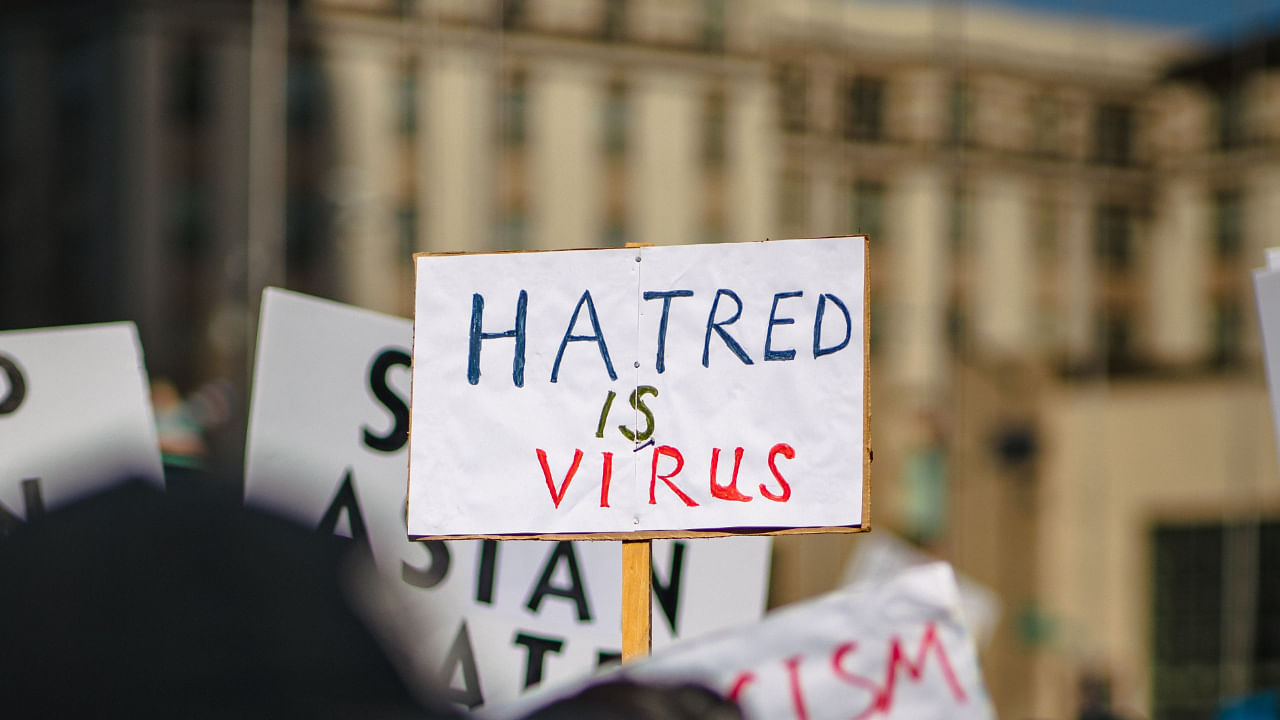
The Supreme Court has rightly expressed concern over the airing of hate speech on TV channels, which has contributed not a little to the coarsening of social and political discourse in the country. Indeed, it has impacted the national fabric by creating and deepening divisions on the basis of religion, community, caste and other categories and aggravating conflict and confrontation. The bench headed by Justices K M Joseph and Hrishikesh Roy observed that television has become the chief medium of hate speech and wondered why “the government stands by like a mute witness while these things are going on.” It is not the first time that the court has flagged the issue. Some weeks ago, it had told state governments to explain the steps they had taken to curb hate speech. It has now told the Centre to come back with a report based on the feedback from the states.
Hate speech has become routine fare on most channels now and what was once implicit and cautiously expressed is now explicit and blatant. Reporting of events is not always factual and is often biased, and news anchors are no longer objective and fair. They are players in the drama that they present, and discussions are emotional and provocative events. Many channels are directly or indirectly controlled by interests that benefit from hate speech and from the polarisation of society that it causes. There is a commercial angle, too. TRPs count and excess sells, and as Justice Roy said, “hate drives profit”. Such presentation is addictive and competitive. Many channels are driven by the need to be more noisy and riotous tomorrow than today, and to be more vicious than fellow channels, in order to grab more eyeballs.
The court’s query as to why the government is silent on hate speech is easily answered. The ruling party is the beneficiary of hate speech, which has thrived under the gaze of its government. The party and government have had a role in the creation of the ecosystem in which hate speech was encouraged and techniques to use it effectively were perfected. The court said it might consider formulating some guidelines to be followed by channels, till the time the government brought in legislation to curb hate speech, as in the case of the Vishaka guidelines it had issued to deal with sexual harassment at the workplace. This is welcome, but it cannot be expected that the government will legislate on it, and if it did, it would be effective. It should be noted that even existing legislation can be used to deal with hate speech, but it is not.